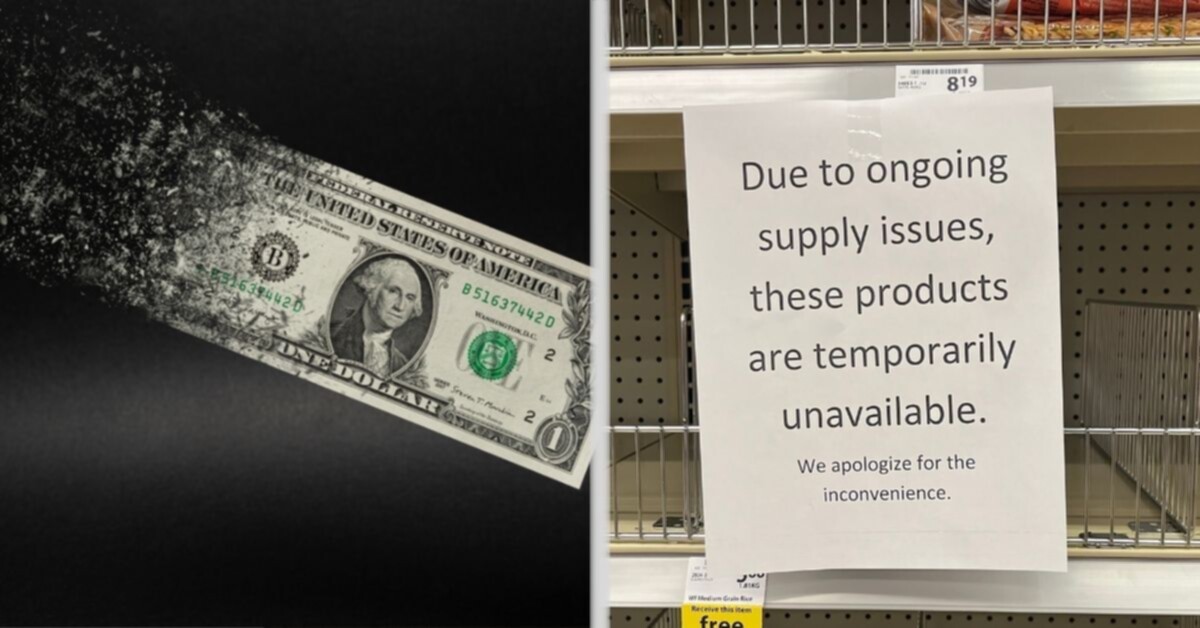An extensive amount of news today focuses on inflation and supply chain disruptions. The latest Survey of Consumers focused on inflation's impact to consumer sentiment, which fell to its lowest level since November 2011. While the Delta and Omicron variants have pushed the index lower, consumers' primary concern is rising inflation and falling real incomes.1
Although it may be easing, the freight costs are a primary source of price inflation. Shipping a 40-foot container from China rose from $1,400 at the start of the pandemic to over $11,000 in September. Furthermore, a recent study by the St. Louis Federal Reserve showed that moving goods from China to the US swung by more than 72 percentage points.2

Yet there is good news for overall shipping and transportation costs. The same study from the Federal Reserve showed that shipping costs peaked in the third quarter of 2021, and another study shows that freight price increases may be near the top of historical norms. Another area of optimism is with port backup. As February typically represents a lull in demand, some backup could be cleared.3
Yet, constraints remain for both manufacturing and transportation. The IHS Markit's composite purchasing managers Index – a manufacturing and services sectors measurement – fell to an 18-month low in January.4 This was primarily driven by the increase in sicknesses reported during the Omicron waves. Yet this sickness delay coupled with high turnover in the industry will have continued repercussions in the next months. Take the following example from the truck freight sector.
Last year had one of the tightest truck capacities on record. This statement appears counterintuitive when considering a couple of indexes. The For-hire Truck Transportation Index shows that 2021 demand was similar to 2019. Whereas the Number For-hire Truck Drivers Index is above pre-COVID levels.5 By these indexes alone, there should be no squeeze in truck transportation. Demand was the same, and more drivers were available than before. So why the tight truck capacity? Churn. Transportation companies experienced the most rapid reshuffling of jobs across carriers in decades. There were massive layoffs of trucking followed by a surge of hiring, which caused significant efficiency losses across the sector. As Jason Miller, an associate professor of supply chain management at Michigan State University, outlines:
"Even if some of those drivers migrated to other carriers, recruiting, hiring, and onboarding new employees takes time and lowers the productivity of the fleet. Multiply that scenario across tens of thousands of carriers, and you can see how disruptive it was to trucking capacity across the sector." 5
What about Demand
With all the news about inflation and inventory, the underlying question is, "What effect does it do to demand?" And, consequently, what to do about it with the inventory that you have. Neither question is quickly answered. Here's what Mondelez and Levi Strauss CEOs recently said when asked about the effect that inflation is having on their demand.6
"As we found in our state of snacking survey released last week, the tendency for daily snacking is up for a third consecutive year. And although 70% of global consumers report concerns about inflation, it has done little to date to change their grocery shopping behavior. This is consistent with the observed price elasticity."
Mondelez International Inc. Chief Executive Dirk Van de Put
"Inflation is partially psychological…and we're watching the consumer like a hawk. But right now, every signal that we're seeing is positive. And we know that we've been successful in getting pricing passed through over the last six months."
Levi Strauss & Co. Chief Executive Chip Bergh
So, while consumer sentiment is falling and there is great concern about inflation, both Levi's and Mondelez aren't seeing an immediate impact on consumer demand. However, as inferred from the quotes, they aren't taking it lightly and continuing to monitor the demand signals.
And this is critical for there isn't consensus on the overall picture of demand. Rory Fennessy, an Oxford economist, stated, "After a slowdown in growth, we expect economic activity to pick up later in the year. Ultimately, Omicron should not significantly alter the overall growth outlook for 2022."4 But Richard Curtin, Chief Economist at the University of Michigan, offers a more cautionary tale. He points out that "Household spending had been supported by an extraordinary pace of rising home and stock prices that is likely to turn negative in the year ahead."1 With pullback in those areas, consumer spending and demand may pull back significantly too.
Moving Forward
The effects of inflation and supply constraints are unique to every business. But, in general, economic stress causes people to trade down to less expensive brands. A recent consumer study showed that 57% of consumers traded down from a premium brand, and nearly 40% plan to stick with those choices.7 In addition, high prices create less spending on non-essential goods. Forty-one percent of consumers cited high prices in December as the reason not to buy.8 Yet, as reflected in the previous CEO quotes, not every business is experiencing these impacts. No one is stating that these indicators aren't relevant. Still, the effects of these indicators, combined with other demand indicators, can provide an outlook on one's unique business. Monitoring, understanding, and using this information within the planning and decision processes enable companies to anticipate effects, mitigate risks, and deliver their desired outcomes.
Sources:
1 – Surveys of Consumers, University of Michigan. Jan 28, 2022.
2 – WSJ. New Studies Find Unprecedented Impact from Supply-Chain Turmoil. Jan 7, 2022
3 – C.H. Robinson. Freight Market & Rates Insights for North America
4 – WSJ. Omicron Slows the Global Economy, Hitting the U.S. Particularly Hard. Jan 24, 2022
5 – C.H. Robinson. Two less-obvious reasons why trucking capacity has remained so tight
6 – WSJ. What CEOs Are Saying About Inflation: ‘The World Has Changed’. Jan 24, 2022
7 – antuit.ai. Research Study: Consumer Packaged Goods, Predicting the Unpredictable
8 – WSJ. Consumer Pessimism Grows as Inflation Accelerates. Feb 1, 2022

